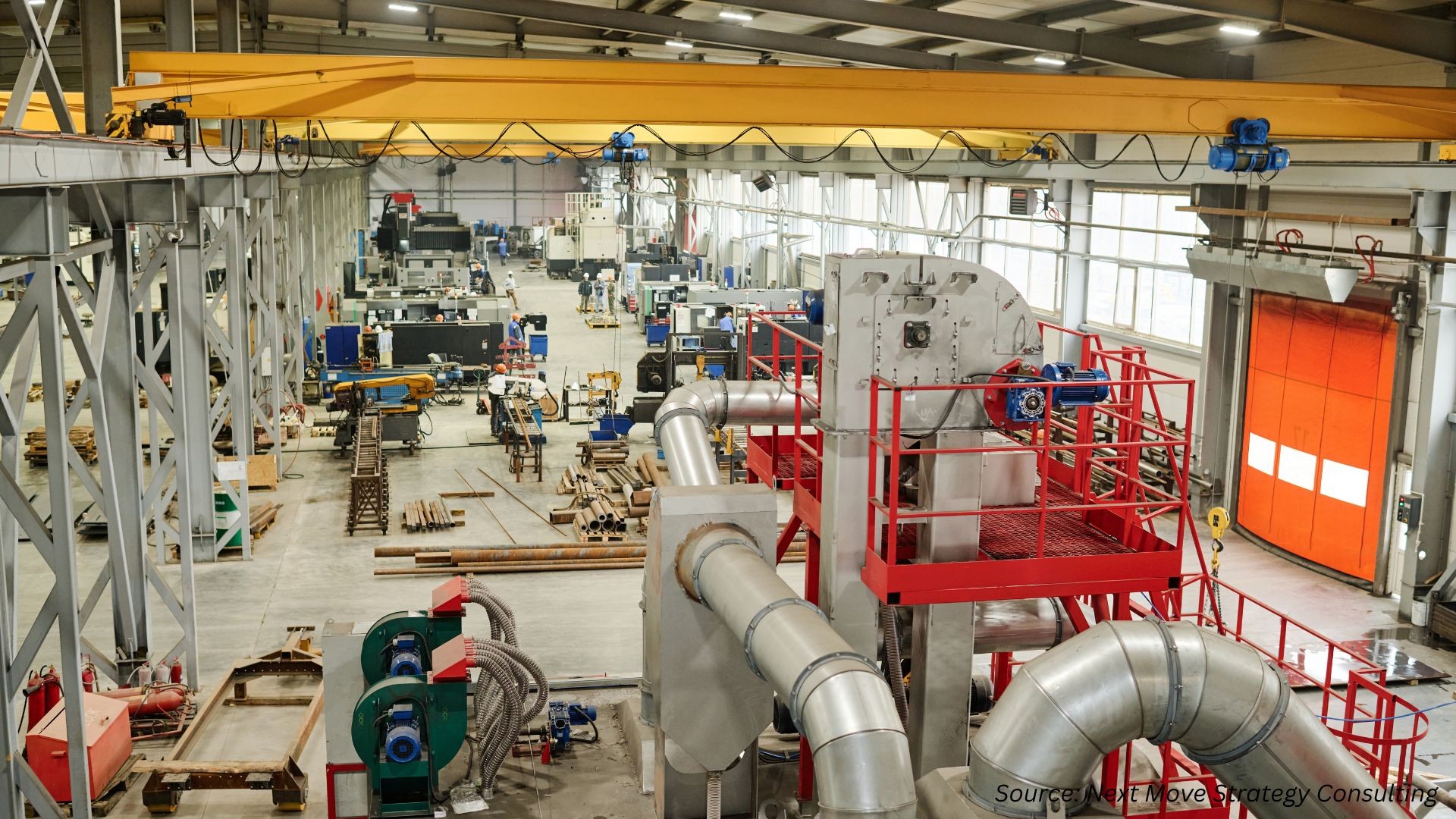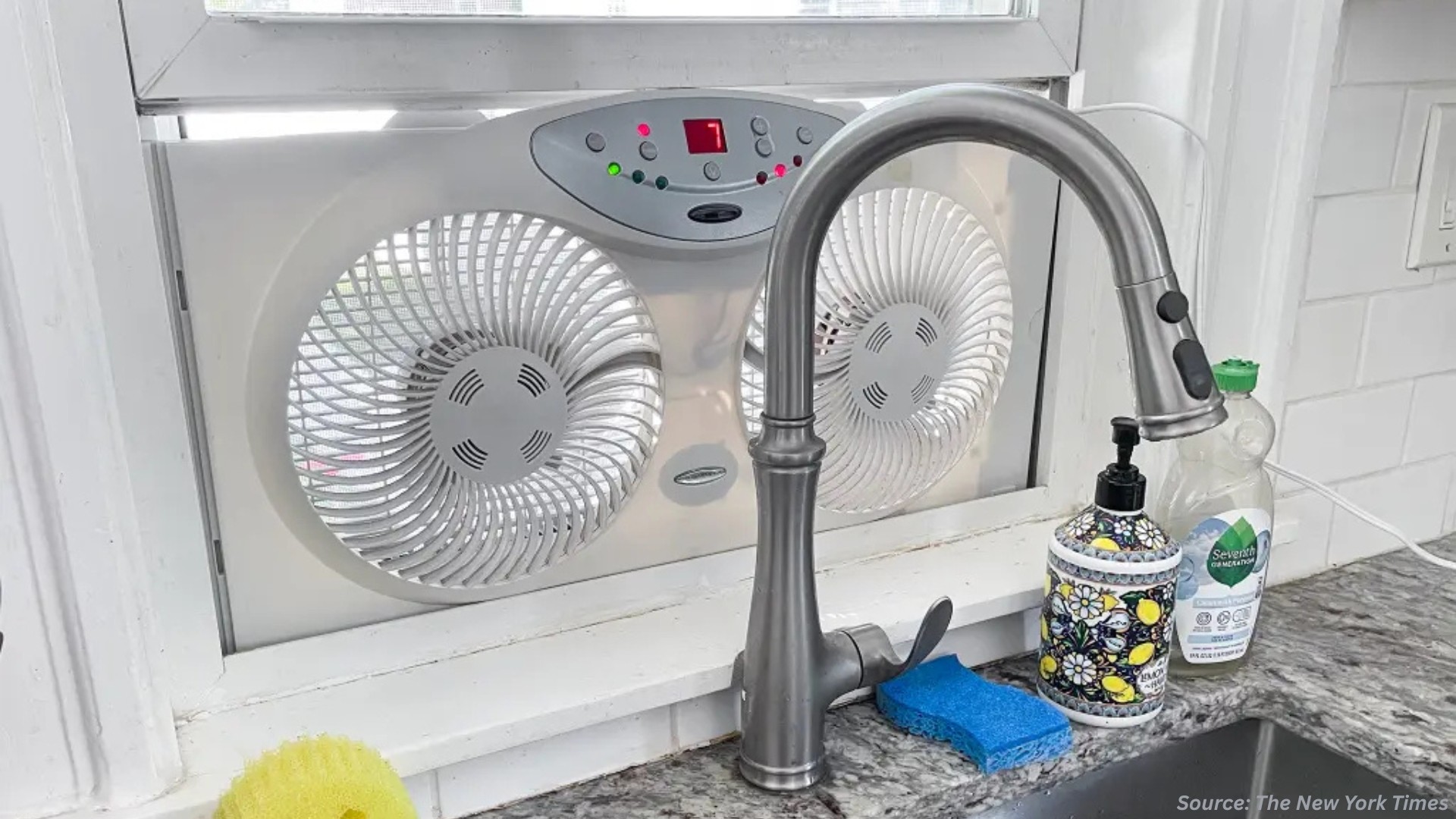Japan Intralogistics Market is expected to reach USD 2980 million by 2030
Published: 2025-01-24
The highly developed manufacturing industry and the increasing government initiatives are driving up demand for the Japan Intralogistics market during the forecast period
Japan Intralogistics Market was valued at USD 846.97 million in 2022, and is predicted to reach USD 2980 million by 2030, with a CAGR of 16.9% from 2023 to 2030, according to new research by Next Move Strategy Consulting. The government has established ambitious goals to boost the integration of digital technologies in the manufacturing sector, resulting in a substantial uptick in investments in automation and robotics. This, in turn, has heightened the demand for intralogistics solutions capable of facilitating the digitization of the manufacturing industry.
For example, in 2020, the Ministry of Economy, Trade and Industry of Japan (METI) launched ‘The Program for Promoting Investment in Japan to Strengthen Supply Chains’. The program aims to strengthen supply chain resilience by supporting Japanese companies in building new plants and introducing new facilities for critical products and materials in Japan. METI selected 57 projects totalling around USD 530 million in July and 146 projects totalling around USD 2.3 billion in November, the same year.
However, the significant initial expenditures linked to the implementation of intralogistics systems present a notable obstacle to their widespread adoption, potentially constraining market opportunities for these systems. In general, the integration of intralogistics systems necessitates substantial financial commitments in terms of technology and infrastructure, including specialized equipment, software, and hardware. Additionally, there are associated costs related to installation and continuous maintenance.
For certain entities, particularly small and medium-sized enterprises (SMEs) with limited resources for such investments, the elevated upfront expense may act as a deterrent. The overall cost of intralogistics systems can be influenced by factors such as the scale and complexity of operations, the required level of customization, and the desired extent of automation. As a result, some businesses might opt for more budget-friendly but less efficient alternatives, impeding the broader growth and adoption of intralogistics systems in the market.
On the other hand, the introduction of drones in intralogistics has the potential to create significant growth opportunities for businesses that rely on efficient supply chain operations. Drones, also known as unmanned aerial vehicles (UAVs), are being used in intralogistics to automate a range of tasks, including inventory management, order picking, and delivery.
Businesses may increase the accuracy and speed of their operations while cutting the time and expense of manual labour and transportation by utilising drone technology. Drones can also increase the flexibility and scalability of intralogistics, allowing businesses to quickly adjust to fluctuations in demand.
Moreover, drones can improve efficiency and reduce the risk of accidents or injuries for workers who might otherwise need to use ladders or other equipment to access these areas. In addition, drones can gather information on inventory levels, product quality, and other key metrics, providing businesses with valuable insights into their operations by using sensors and cameras. This data can be used to optimize processes, improve forecasting, and reduce waste, leading to cost savings and improved efficiency. All these above-mentioned factors are expected to create growth opportunities for the intralogistics market in the near future.
cRequest for a Sample PDF on the Japan Intralogistics Market
According to the report, leading players in the Japan Intralogistics market include Daifuku Co. Ltd., Jungheinrich AG, Kion Group AG, Honeywell International Inc., Midea Group, Vanderlande Industries B.V., SSI Schaefer AG, KNAPP AG, Beumer Group Gmbh and Co. KG, Autostore.
Key Insights from the Japan Intralogistics Market Report:
-
The information related to key drivers, restraints, and opportunities and their impact on the Japan Intralogistics market is provided in the report.
-
The value chain analysis in the market study provides a clear picture of the roles of each stakeholder.
-
The market share of players in the Japan Intralogistics market is provided in the report along with their competitive analysis.
















Add Comment